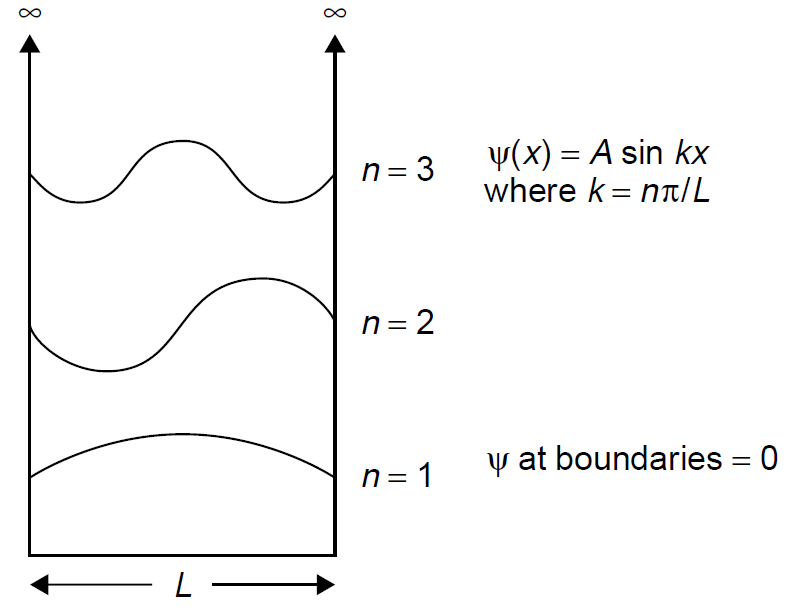
تاريخ الفيزياء

علماء الفيزياء


الفيزياء الكلاسيكية

الميكانيك

الديناميكا الحرارية


الكهربائية والمغناطيسية

الكهربائية

المغناطيسية

الكهرومغناطيسية


علم البصريات

تاريخ علم البصريات

الضوء

مواضيع عامة في علم البصريات

الصوت


الفيزياء الحديثة


النظرية النسبية

النظرية النسبية الخاصة

النظرية النسبية العامة

مواضيع عامة في النظرية النسبية

ميكانيكا الكم

الفيزياء الذرية

الفيزياء الجزيئية


الفيزياء النووية

مواضيع عامة في الفيزياء النووية

النشاط الاشعاعي


فيزياء الحالة الصلبة

الموصلات

أشباه الموصلات

العوازل

مواضيع عامة في الفيزياء الصلبة

فيزياء الجوامد


الليزر

أنواع الليزر

بعض تطبيقات الليزر

مواضيع عامة في الليزر


علم الفلك

تاريخ وعلماء علم الفلك

الثقوب السوداء


المجموعة الشمسية

الشمس

كوكب عطارد

كوكب الزهرة

كوكب الأرض

كوكب المريخ

كوكب المشتري

كوكب زحل

كوكب أورانوس

كوكب نبتون

كوكب بلوتو

القمر

كواكب ومواضيع اخرى

مواضيع عامة في علم الفلك

النجوم

البلازما

الألكترونيات

خواص المادة


الطاقة البديلة

الطاقة الشمسية

مواضيع عامة في الطاقة البديلة

المد والجزر

فيزياء الجسيمات


الفيزياء والعلوم الأخرى

الفيزياء الكيميائية

الفيزياء الرياضية

الفيزياء الحيوية

الفيزياء العامة


مواضيع عامة في الفيزياء

تجارب فيزيائية

مصطلحات وتعاريف فيزيائية

وحدات القياس الفيزيائية

طرائف الفيزياء

مواضيع اخرى
WAVEFUNCTIONS AND THE PARTICLE IN A BOX MODEL
المؤلف:
Mark Csele
المصدر:
FUNDAMENTALS OF LIGHT SOURCES AND LASERS
الجزء والصفحة:
p53
9-3-2016
1915
WAVEFUNCTIONS AND THE PARTICLE IN A BOX MODEL
Schrodinger’s model pictures electrons in orbit as standing waves in which the orbits are of an exact size so as to allow an electron with a waveform to occupy it in a whole number of wavelengths. As the electron orbits, it comes around and must assume exactly the same position at the end of a complete orbit as it did at the beginning of that orbit (i.e., only an integral number of waves fit inside the orbit). If an electron acquires more energy, its wavelength decreases slightly and it no longer fits inside the orbit. The ground state is now defined as the point where an electron has just enough energy so that a single wave fits inside the orbit. Using this model, one may compute the allowed energy levels of these standing waves and hence the allowed energy levels of the electron. Let us now model the electron as a particle in a box, as in Figure 1.1. The sides of the box represent energy potentials that confine the electron. If we assume Schrodinger’s theory that the electron must exist as a standing wave inside this box to be correct, we can describe the behavior of the electron in orbit by the wave function ψ which in this case is a simple sine function of the same form as that of a simple harmonic oscillator. At the edges of the box, the wave function must be equal to zero since it is a standing wave (i.e., the wave has nodes at the box edges). By substituting integers into the wave function, we may identify many possible modes for such a wave three are shown in Figure 1.1. Each mode will have a successively higher energy and in-between modes (those that do not have an integral number of wavelengths a standing wave inside the box) cannot exist. This model fits well with observed quantizations of energy levels in atoms. We may now adapt this model to real particles such as an electron in an orbit by changing the model so that the sides are not infinite but rather are finite in height. This change allows the confined particle (an electron in this case) to leave the box, but only after acquiring significant energy: While in the box the allowed energy levels are well defined. In such a situation, energy levels are lower than in the infinite wall example above but follow the same basic structure. Finally, real particles such as an electron in orbit must be treated in three dimensions. This is quite posssible, although the mathematics becomes somewhat complex. It is important to note that this wave approach is not limited to predicting the behavior of electrons in orbit but may also be applied to the behavior of a diatomic molecule such as N2. The nitrogen molecule may be modeled as two atoms

Figure 1.1. Model of a particle in a box.
connected by a spring (the bond between the individual atoms). Using an approach similar to that for the particle in a box, we may model this system as a harmonic oscillator (a quantum harmonic oscillator) to determine the energy levels allowed for such a system.















 قسم الشؤون الفكرية يصدر مجموعة قصصية بعنوان (قلوب بلا مأوى)
قسم الشؤون الفكرية يصدر مجموعة قصصية بعنوان (قلوب بلا مأوى) قسم الشؤون الفكرية يصدر مجموعة قصصية بعنوان (قلوب بلا مأوى)
قسم الشؤون الفكرية يصدر مجموعة قصصية بعنوان (قلوب بلا مأوى) قسم الشؤون الفكرية يصدر كتاب (سر الرضا) ضمن سلسلة (نمط الحياة)
قسم الشؤون الفكرية يصدر كتاب (سر الرضا) ضمن سلسلة (نمط الحياة)

















